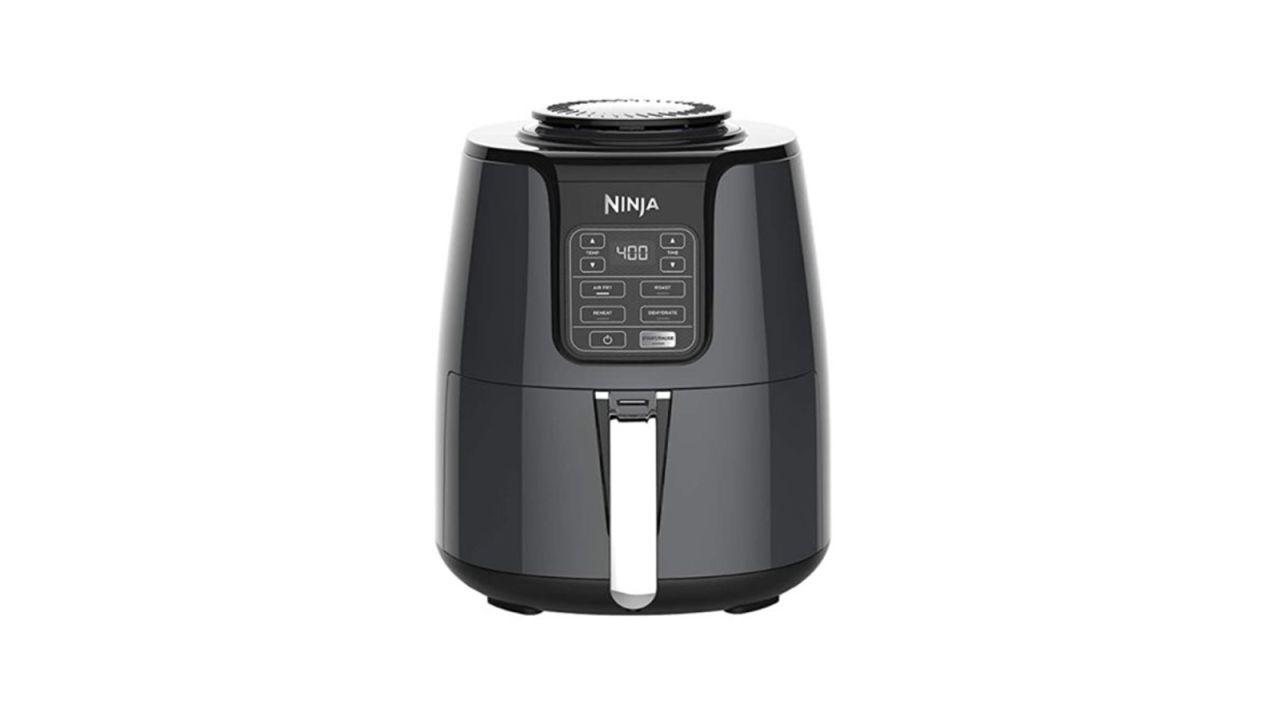The best barefoot shoes we tested
Best barefoot shoes: Lems Primal Zen
Best barefoot shoes for exercising: Xero Shoes Nexus Knit
Best barefoot boots: Vivobarefoot Magna Lite WR SG
Best lightweight barefoot shoes: Xero Shoes Z-Trail EV Sandals
The freedom and flexibility of walking barefoot — with some added protection and light support — is exactly what the best barefoot shoes aim to provide. Barefoot shoes, or minimalist shoes, are designed to mimic the natural shape and movement of your feet. They are free of the heel lifts, arch support and cushioning found in traditional running, gym or everyday lifestyle shoes. And research shows there are a lot of benefits to wearing them.
“Barefoot shoes allow us to get as close as possible to being barefoot while still protecting the bottom of our feet,” Dr. Irene Davis, PT with a Ph.D. in biomechanics, minimal footwear researcher and president of the American College of Sports Medicine at the University of South Florida. “Every single study that’s been done [on barefoot shoes] show results in foot strengthening of some degree and increasing the size of the foot muscles. By wearing minimalist shoes, your feet will get stronger and become more resilient and resistant to injury.”
We spent several months testing the best-known barefoot shoe brands to determine which pairs deserve a spot on our tried and tested list. We walked dozens of miles on pavement, wore them for weeks in the gym and took them on rugged adventures in the backcountry. Overall comfort, durability, weight, fit and functionality were core considerations throughout our minimalist shoe testing. After meticulous comparing and contrasting, we narrowed down our top picks for the best barefoot shoes money can buy.
If you’re a newbie to minimalist shoes, these shoes are a great entry-level pick, as they provide more support than other thinner, less-cushioned barefoot shoes. They have a thick 4.5-millimeter insole made of recycled cork and were the most cushioned of all shoes we tested.
These shoes are extremely lightweight (9.2 ounces), breathable and flexible, making them a great choice for workouts. Xero designed the Nexus Knit with a breathable knit upper that ditches bulk for a streamlined, sock-type fit around your foot. Despite how lightweight they are, they’re extremely durable.
The durability of the Vivobarefoot Magna Lite WR SG (which stands for Water Resistant Soft Ground) is outstanding. Our tester gravel biked across the Moroccan desert, hiked snowy mountains in Banff and explored miles of trails throughout the Midwest. Minimal wear and tear after a year of hardcore adventuring proves the durability of these ultra-lightweight, breathable and comfortable boots.
The Xero X-Trail EV sandals are extremely lightweight (4.3 ounces), flexible and comfortable. We loved that we could feel every stick, rock and imperfection of the earth beneath our feet in these sandals without any pain. They’re extremely packable and the perfect lightweight backpacking camp shoe.
Best barefoot shoes: Lems Primal Zen

When it comes to barefoot shoes for everyday wear, Lems Primal Zen rose to the top as our favorite shoes in the testing pool. They’re lightweight, stylish and extremely comfortable, and make an especially great choice for beginners looking for their first pair of minimalist shoes. Lems makes the Primal Zen in both men’s and women’s sizing. The women’s designs come in five colorways while the men’s come in four.
The Lems Primal Zen’s 9.5-millimeter rubber outsole is thicker than most other barefoot shoes’ we tested. With a little extra cushion, these shoes lend themselves to folks new to the barefoot shoes scene. Walking over sticks, rocks, roots and uneven ground, I didn’t feel any uncomfortable pressure points underfoot — yet their lightweight, zero-drop design helped my feet feel more connected to the ground beneath me.
My favorite design feature of the Primal Zen shoes is their cork insole. The Primal Zens were the only shoes I tested with cork insoles. Cork is naturally antimicrobial, making it resistant to mold, bacteria and fungus. That’s especially helpful for your feet, which can get hot, sweaty and prone to bacteria buildup inside your shoes. My first takeaway after sliding these shoes on for the first time was how soft and sponge-y the inner cork felt cradling and cushioning all sides of my feet. While the cork held up throughout testing, Lems sells replacement cork insoles or you can buy an extra 4.5-millimeter insole or 5.5-millimeter insole for added cushion.
Quite literally, wearing the Primal Zen takes barefoot to the next level. I tested the Primal Zen with and without socks but preferred to wear them barefoot. From the feeling of the soft cork against my foot to their ability to control moisture and dry quickly, I loved the way these minimal shoes felt on my sockless feet. Of the testing pool, the Merrell Women’s Vapor Glove 6 and Merrell Women’s Trail Glove 7 were the only other shoes I felt comfortable going barefoot in because of how thin and light they were.
The Primal Zen shoes were some of the most breathable barefoot shoes we tested. The upper mesh fabric allows air to flow freely in and out of the shoe. I wore these shoes in hot, muggy and humid spring weather in South Carolina while hiking and fishing in the Outer Banks. I could physically feel airflow through the mesh fabric on the top and sides of the shoe and didn’t have any trouble with overheating or moisture regulation inside of the shoe. And because of the Primal Zen’s cork insole, I could go sockless, which cut down on extra heat and helped control moisture while walking and hiking.
For as lightweight and flexible as these shoes are, I was also impressed by their overall durability. I wore these shoes for several months on hikes, neighborhood walks and while traveling. Aside from minimal scratches on the microfiber upper fabric, these shoes remained rip- and tear-free throughout the testing period.
We think the Lems Primal Zen shoes are the best for beginners, but if you’re just curious about barefoot shoes but don’t want to spend as much, check out our take on the Whitin Cross Trainer and Xero Shoes Prio below. While the Lems Primal Zen are our comfort pick, heavy-duty hikers will want to check out the much more rugged Vivobarefoot Magna Lite and regular gym-goers will feel much happier with the Xero Shoes Nexus Knit on foot.
Best barefoot shoes for exercising: Xero Shoes Nexus Knit
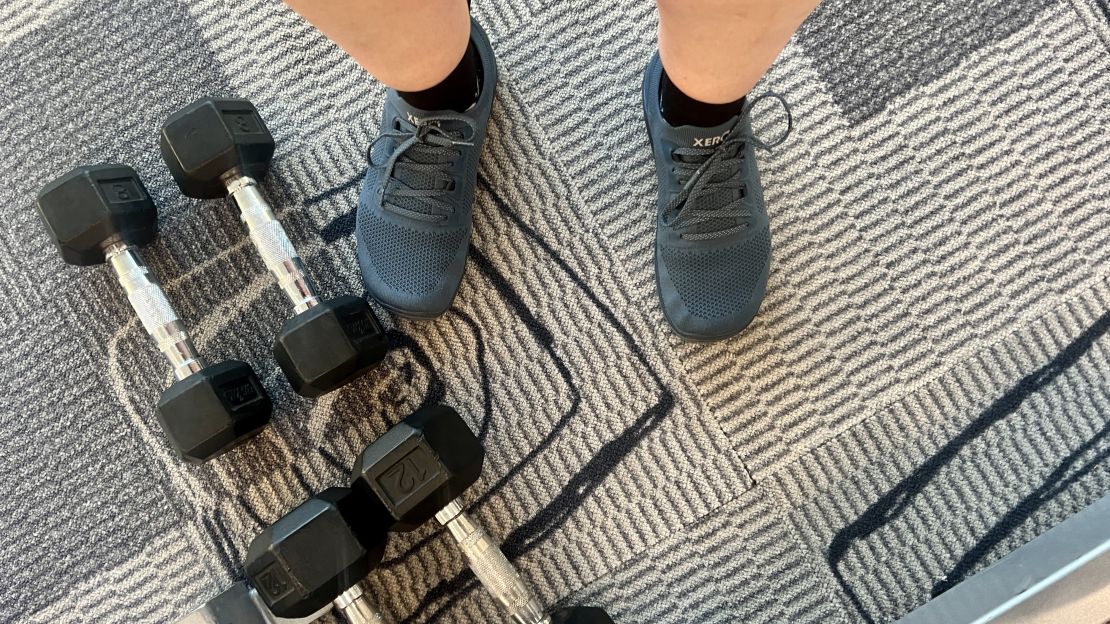
Despite popular belief, you don’t need overly cushioned shoes to protect your feet at the gym while running on the treadmill or lifting weights. Research shows that minimalist shoes help your feet build muscle strength and stay connected to the ground beneath you.
After wearing the Xero Shoes Nexus Knit tennis shoes to the gym for several months, I can confidently say these are the best pair of gym shoes I’ve ever owned. The lightweight, knit design wrapped around my feet without creating unnecessary bulk and weight. They’re breathable, flexible and sleek, and provide ample support while working out, be it on various machines or during a mix of exercises from ellipticals and stationary bikes to squats, lunges and free weights.
I’m a big fan of the cup sole that wraps around the upper part of my heel. It creates a trim profile around my foot and cradles my heel securely so it doesn’t slip out while walking, running or lunging. They have the most similar feel to the Whitin Cross Trainer, but the Xero Nexus Knits were far more comfortable, especially their soles and the width of the shoes. The Xero Prio are just as comfortable and cushioned as the Nexus Knit, if not more so, but are much bulkier and rounder at the toe, which made them less agile and seamless in fit and feel, especially in a gym environment.
The Nexus Knit are made of a breathable upper knit fabric that’s stretchy and flexible and moves with your foot. Despite weighing less than 10 ounces, they’re extremely durable. Like the Whitin Cross Trainer, they feel more like a sock around your foot than a shoe. They were more breathable than the Xero Prio and more comfortable than the Whitin, which is why they rose to the top as our favorite gym pick. After wearing them for three to four gym sessions per week for a month straight, I didn’t see any visible abrasion, stretching or fraying anywhere on the shoe.
If you prefer more cushion underfoot while working out, these may not be your pick. But if you’re looking for a shoe that helps you feel connected to the floor beneath you at the gym, that’s breathable and lightweight and that looks great too, you should give the Xero Shoes Nexus Knit a go.
Best barefoot boots: Vivobarefoot Magna Lite WR SG
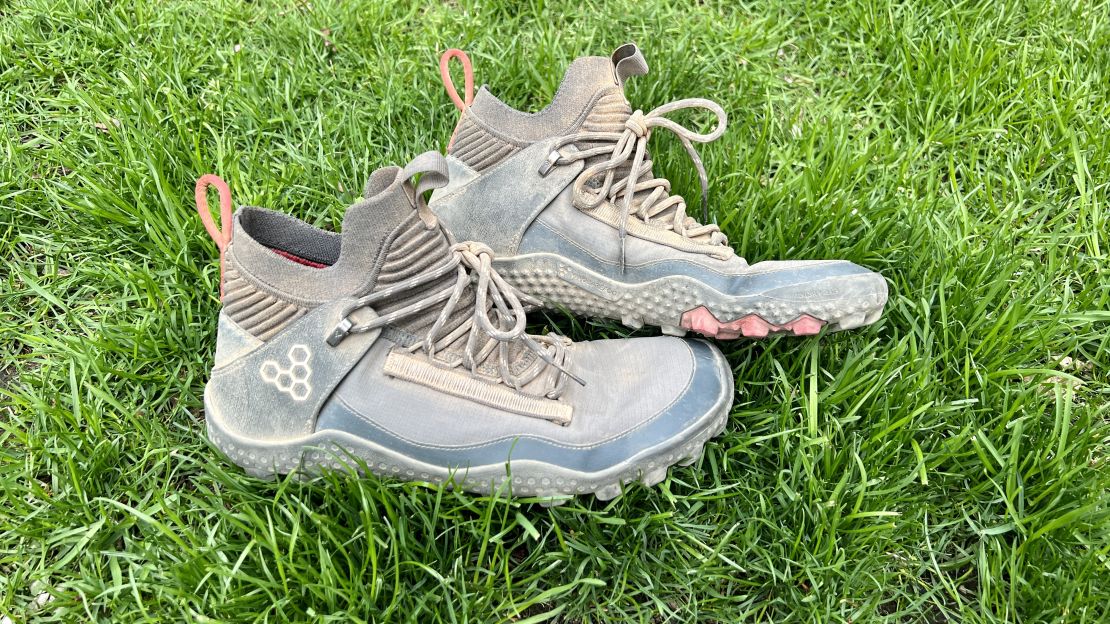
If you really want to feel the adventure you’re on, wear a pair of the Vivobarefoot Magna Lite Water Resistant Soft Ground boots. They’re seriously lightweight and rugged, and incredibly durable. During my testing, they survived a gravel bike-packing trip through Morocco, winter hiking in Banff National Park and several other backcountry trail hikes throughout the Midwest. Even through the harshest conditions, they’ve held up with no damage.
Besides their stunning durability, a big reason why these boots won is their breathability. Even with their high cuff and rubber toe cap, my feet felt moisture-free no matter the conditions I wore them in — from 100-degree heat to 20-degree chill. Other boots I’ve worn before like the Lems Chelsea Waterproof Boot and Xero Ridgeway were much bulkier and did not dry as quickly or breathe as well in high-intensity activity. While testing the Vivobarefoot Magna Lite boots in Morocco, I found them to be the perfect balance of technical design and comfort — providing plenty of room to stretch my toes and accommodate my feet swelling in extra hot temperatures.
As for keeping my feet warm in cold-weather environments, the Magna Lite boots fell behind the Lems Chelsea Waterproof Boot and Xero Ridgeway, which are much warmer. The Xero Ridgeway in particular felt very warm and quickly became my go-to ski town boots to trek through snow and keep my feet warm en route to the base of the mountain before a day of snowboarding. In Banff, I needed thick wool socks to keep my feet warm while wearing the Magna Lite boots, but with the Magna Lite’s wide toe box and stretchy knit upper fabric, my bulky socks fit with no problem. The Xero Ridgeways and Lems Chelsea boots offered much less traction than the Magna Lite boots, whereas the Magna’s 5-millimeter lugs dug into the ice and snow, allowing me to climb steep hills with ease.
While these boots aren’t waterproof, they are impressively water-resistant. Light rain and moisture stayed on the surface of the shoe versus seeping in. A stretchy, knit collar on the upper ankle of the boot rests comfortably against your skin. It fits snugly, helping keep out dirt, dust and debris, without cutting off circulation. If you are looking for waterproof barefoot shoes, the Lems Chelsea boots are the way to go.
My main qualm about these shoes is they run a bit big. Even for the size that fits me best, there’s a lot of extra space around my toes and the outsides of my feet. I find wearing thicker socks in these shoes is the best choice to fill the extra space. If you have wide feet or want shoes that allow plenty of wiggle room inside, you won’t have any problem with the width of the Magna Lite boots.
Best lightweight barefoot shoes: Xero Shoes Z-Trail EV Sandals

You’ll be hard-pressed to find lighter barefoot shoes — and in this case, sandals — than the Xero Shoes Z-Trail EV. They weigh a mere 5.4 ounces and feel like you’re wearing almost nothing on your feet when they’re strapped on. They’re easy to slip on thanks to an adjustable velcro strap on the back of the heel and a hooked buckle to adjust the length of the straps. These minimalist sandals are simple yet durable. A grippy rubber outsole helps you stay stable on rocks and roots you pass over while hiking and a thin, foam midsole provides just enough cushion to protect your feet while still allowing you to feel everything you’re walking on underfoot.
Because these sandals are so lightweight and thin, you’ll feel most of what you step on underfoot. All the other shoes in our testing pool provide more protection, since these are minimalist sandals meant for light activity or wearing around the campground after a long day of hiking. However, the foam footbed and rubber outsole do help protect your feet from any sharp sticks, rocks or debris from poking through. We wouldn’t recommend hiking dozens of miles in these sandals right out of the box. But they do make for a great pair of slip-on sandals for camp or a reliable, lightweight option on hot days during the summer walking around your neighborhood or going to the river to cool off.
I brought these sandals on a three-day backpacking trip on the Appalachian Trail to use as camp shoes. I was very thankful to have them strapped to my bag as they barely added weight but offered much-needed comfort and airflow after each long day on the trail. They’re also great to wear at the beach or on short hikes near creeks and rivers. The foam and straps dry extremely quickly so you don’t have to worry about heavy, sopping wet sandals for long after you get them wet.
Even with how minimal the Z-Trail EV sandals are, they’re quite grippy. They don’t provide as much protection as the Vivobarefoot Magna Lite or have an ultra-grippy outsole like the Astral TR1 Mesh, but for a barefoot sandal, you get plenty of traction underfoot on wet ground and dirt trails. The Xero Nexus Knit and Whitin Cross Trainer are most comparable in how easy they are to get on, as the knit fabric on both of these barefoot shoes stretches to the point where you don’t need to unlace the shoe to put them on.
Another perk: It takes very minimal effort to slide these sandals on. Without a high-top lacing system like the Vivobarefoot Magna Lite, or mesh fabric you need to slip your foot into like the Xero Nexus Knit or Astral TR1 Mesh, you can slide your foot into the loosened velcro strap with ease. You won’t have nearly as much protection without a toe covering, but if you’re looking for lightweight shoes for use around the neighborhood or at the campsite, the Z-Trail EV sandals are a great choice.
They are also a sustainable pick. Their strap webbing is made from nylon sourced from recycled water bottles and their minimal design eliminates 70% of the unnecessary materials used in modern sports sandals.
How we tested
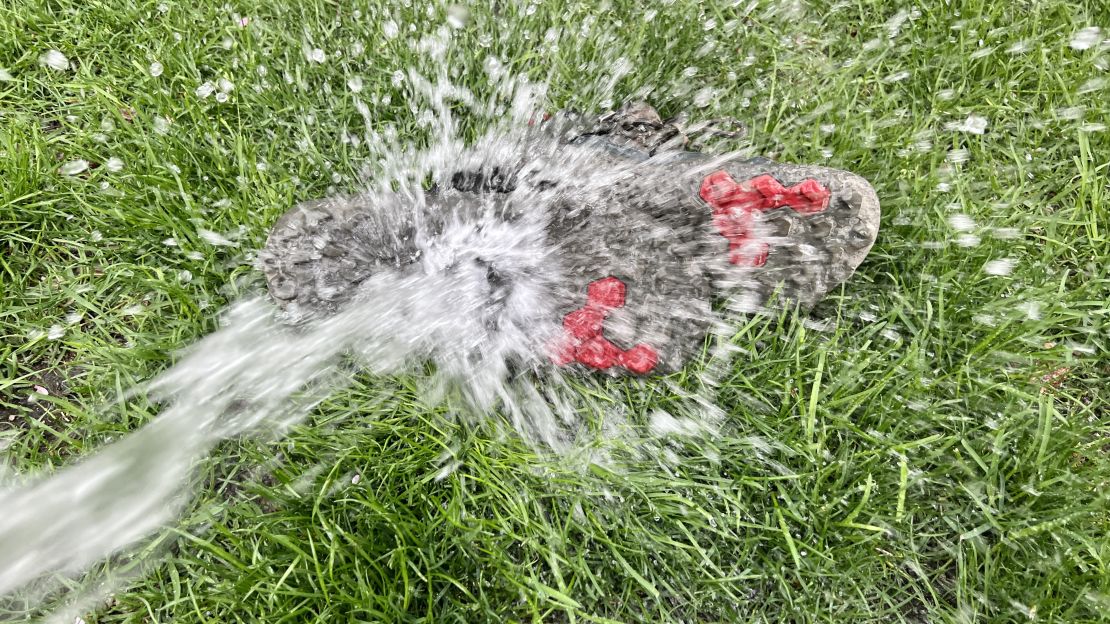
We tested 10 pairs of barefoot shoes and sandals in varying environments — from biking and hiking in 100-degree Fahrenheit heat in the Moroccan desert to several months at the gym to countless walks throughout the neighborhood. We compared and contrasted models to assess their durability, water resistance, comfort, design, fit and overall performance.
Performance
- Durability: We wore each pair of shoes on multi-mile long hikes, day-long rides and months at the gym, noting any wear and tear during our testing period. We assessed each pair of shoes for fraying, rips, scratches or abrasions on the outsole and upper fabric of the shoes.
- Breathability: We considered the moisture buildup in our shoes as we walked, worked out and hiked. Shoes that were quick to dry and allowed airflow scored higher in our testing pool.
- Water resistance: In natural and simulated environments, we wet each pair of shoes to see if water seeped through. During our natural environment testing we hiked and walked in rain, and in our simulated environment, we sprayed each pair of shoes with a hose in the backyard. We made note of any water that seeped through the shoe to our feet and kept an eye out for beading on the surface of the upper fabric.
Design
- Width: We compared the toe box width, stack height and fit and feel of the shoe around the foot. This helped when comparing and contrasting each shoe for the top category picks, as well as in explaining which shoes are best for which type of environments and use cases.
- Material: We judged the overall quality of the shoe and the materials used for overall longevity and durability, especially in more rugged environments like hiking and running trails.
- Use case: We assessed the intended use case for the test pairs of shoes to appropriately choose the best testing environment for each. For example, we opted to test the more lifestyle-oriented Xero shoes at the gym and walking around the neighborhood, the more rugged Vivobarefoot shoes when adventuring outdoors and the cushioned Lems shoes while traveling.
- Comfort: True barefoot shoes have minimal padding within the footbed of the shoe. That said, we made note of shoes that had more cushion and foam as potential winners for beginner barefoot shoe wearers.
What are barefoot shoes?

Many of today’s biggest shoe brands, especially in the long-distance running, trail running and hiking space, talk up their footwear’s thick soles, dense cushion and technical features as benefits for optimal comfort and support. Yet despite mainstream narratives and beliefs, wearing shoes with more cushion doesn’t always equal more comfort.
Barefoot shoes, also known as minimalist footwear, take the opposite approach, swapping cushy insoles, thick foam and molded foot forms for a simple, thin and flexible design. They allow for more natural foot movement and make it possible to feel the ground beneath your feet. They are also typically designed with a wider toe box to allow your toes to spread naturally as if you were walking barefoot. This provides more room for people with wider feet who find traditional shoes too constricting.
“You don’t necessarily have to max out cushioning, like having two and a half inches of soft foam underfoot, to achieve comfort,” says John Wadley, vice president of product development at Xero Shoes. “Comfort can be super flexible, close to the ground and lightweight.”
Unlike traditional shoes with thick soles and rigid structures, barefoot shoes are designed to mimic the natural shape and movement of your feet. They usually have thin, flexible soles that allow your feet to move more naturally and feel the ground beneath you. When properly acclimated to minimalist footwear, barefoot shoe wearers report stronger foot muscles, better balance and improved posture. Simply put: Barefoot shoes offer freedom, flexibility, and a sensory connection to the environment you won’t experience in cushioned shoes.
Are barefoot shoes good for you?
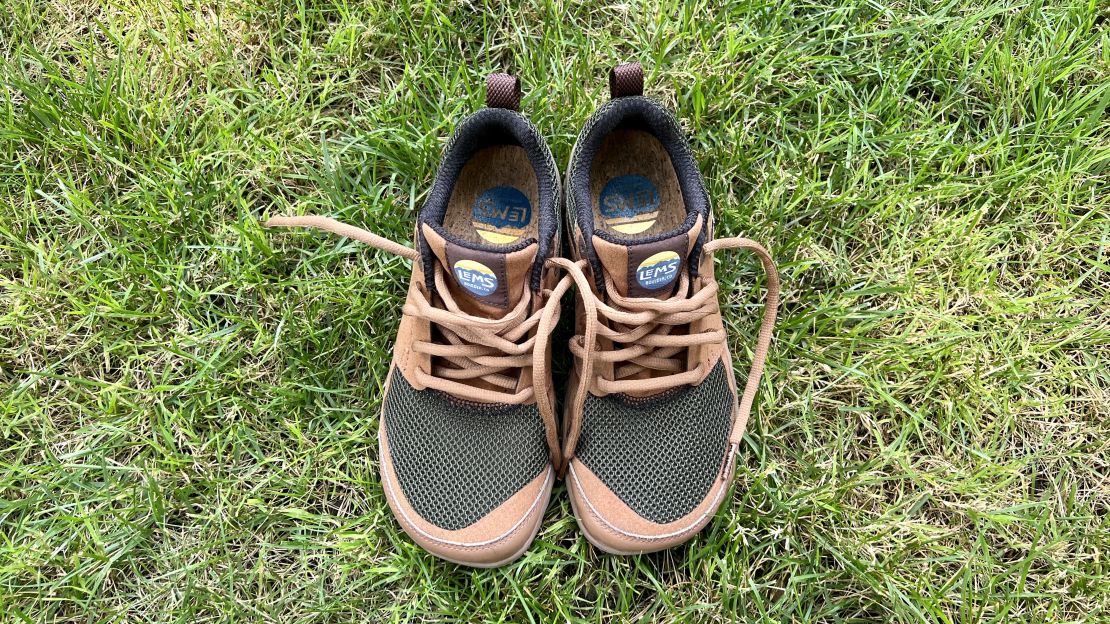
Countless studies show the benefits of barefoot and minimalist shoes for overall foot health and well-being as a result of everyday wear. Promoting natural foot movement and support, barefoot shoes help feet function to their fullest: strengthening muscles, tendons and ligaments and allowing the foot to move, expand and rest naturally. This leads to improved balance, better posture, more muscle strength and increased agility.
Barefoot shoes’ wider toe boxes also play a role in preventing common foot injuries including plantar fasciitis, stress fractures and new or further developed bunions or hammertoe. Minimalist shoes offer a more holistic approach to foot health while providing a more connected experience to the ground beneath your feet while walking, hiking, running and more.
It’s important to note that transitioning to barefoot shoes takes time. The muscles in your body and feet need to adjust to minimal cushion, especially if you’re used to more supportive footwear. It’s recommended to gradually introduce barefoot shoes to your normal routine and allow your feet to adapt to the changes.
“My biggest message to people is that you have to take it easy, you have to take it slow, because you don’t want to get injured by wearing minimalist shoes too much too soon,” says Davis. “Especially if you put on minimal shoes to run in for the first time and aren’t used to it, your foot muscles aren’t strong enough to support your feet and lower legs. The injuries you see when somebody transitions too quickly are the calf, the Achilles, the posterior tibialis.”
Who should wear barefoot or minimalist shoes?
The short answer: most people. The long answer: runners, hikers, bikers and everyday walkers who want to strengthen their feet and improve their natural posture with the help of barefoot shoes. However, some people with chronic health conditions or varying accessibility needs should consult with their podiatrist or doctor before making the switch to minimalist footwear.
“There are certain conditions where cushioning is necessary, like those who have really severe foot arthritis, someone whose foot doesn’t move normally or a deformity is present, or if there’s a lack of sensation in the feet due to peripheral neuropathy, which is often associated with diabetes,” says Davis. “But the average person — flat feet, high-arch feet, you name it — can go without that support. We have amazingly strong feet that people underestimate.”
What to consider when shopping for barefoot shoes
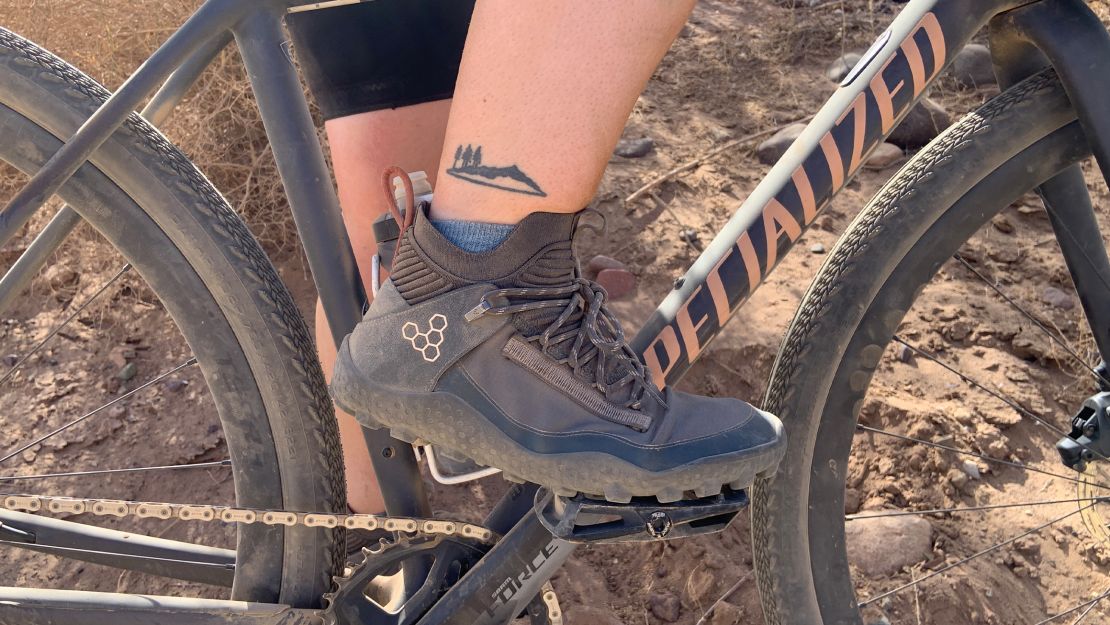
Finding the best barefoot shoes depends on how and where you plan to wear them. It’s essential to understand the minimalist shoe zero-drop design and common features like toe box width, weight and flexibility to ensure the shoes you choose best suit your needs — be they for running, working out, lifestyle wear or outdoor adventures like hiking and biking.
Zero-drop design
True minimalist or barefoot shoes will feature a zero-drop design. This means the heel and forefoot are at the same height from the ground, resulting in a level sole without a raised heel or any sloping of the foot. Traditional shoes often include a slightly elevated heel, which alters the natural alignment of the spine, changes posture and impacts gait (or your natural stride). Zero-drop shoes help improve your posture, align your spine and encourage a mid-foot strike to evenly distribute weight across ankles, hips, back and knees.
Toe box width
Barefoot shoes with a wide toe box provide more space for your toes to spread out and move naturally at the top of your shoe. Mimicking the natural foot shape, wide toe boxes help allow your toes to splay comfortably and are especially comfortable for individuals with wider feet or who find discomfort in traditional shoes that taper and cramp their toes. The width of the toe box varies from minimalist shoe to minimalist shoe. Merrell and Xero shoes feature just slightly wider toe boxes, whereas shoes from Vivobarefoot and Lems feature very wide toe boxes.
Cushion and stack height
The amount of cushion in the midsole and the thickness of the outsole of a shoe determine the stack height, or the total thickness of the sole. Stack height is measured from the bottom of the outsole lugs touching the ground to the top of the shoe’s insole. Barefoot shoes often have short stack heights, typically ranging from 3 to 8 millimeters. Traditional running shoes fall in the 9- to 30-millimeter range. The thinner the stack height, the more you’ll feel beneath your foot.
Long-distance runners may trend towards bigger stack heights for more cushion between the ground and their foot. However, barefoot shoe advocates argue the more cushion underfoot, the less muscle strength your feet will build. “The idea is that by taking cushioning away from the foot, your foot will learn how to support itself, build muscle strength and become more resilient,” says Davis.
Now, you don’t want to do that all at once either. “It’s easier to transition into walking in minimal shoes than it is to run because running has two and a half times the force,” says Davis. “But there are several decreased injuries and improved performance we’ve found among runners related to the mechanics when changing from running in a conventional shoe to a minimal shoe.”
Flexible and lightweight
Because there’s less cushion in the midsole and thinner rubber in the outsole of a barefoot shoe, you’ll find most minimal footwear to be much more lightweight and flexible than traditional running, hiking or lifestyle shoes. If a flexible and lightweight design is important to the style of barefoot shoe you’re looking for, seek out shoes that bend and flex, allowing for a full range of motion, natural stride and a closer connection to the ground underfoot. Greater flexibility tends to enhance proprioception for greater balance, movement sensing and foot and ankle control.
Other barefoot shoes we tested
If you have extra-wide feet, consider this pair from Xero Shoes, which were the widest we tested.
These lightweight, minimalist shoes are billed as running and fitness shoes. However, I liked wearing them most as an everyday shoe for walking around the neighborhood, shopping and traveling. They’re not as sleek and fitted to the foot as the Xero Nexus Knit but were more cushioned underfoot. And with a wide toe box that continues down the entire length of the foot, they were without a doubt the widest of the barefoot shoes we tested.
If you don't care about longevity or durability, this cost-effective pair from Whitin could be a great budget or entry-level option.
The Whitin Cross Trainer are a solid choice if you’re looking for a budget barefoot shoe. However, their overall quality lagged far behind others we tested. They were much narrower than others and noticeably less comfortable. We did like the knit design of these shoes, which felt more like a sock wrapped around our foot than thick fabric of heavy plastic.
If weight is a concern, check out these 4.5-ounce kicks from Merrell. Just be sure to train your feet before wearing them out on a run.
At 4.5 ounces, these shoes were by far the lightest we tested. When I first put on these shoes, I forgot I was even wearing them. They’re billed as trail running shoes, but we’d warn folks new to wearing barefoot shoes that you will need to train your feet to work up to being able to handle trails in these shoes without injuring your feet. They’re extremely flexible, lightweight and thin — and you can feel nearly everything beneath your foot while wearing them.
More cushion than the Trail Glove 6, these shoes are better for trail running and beginners.
Slightly heavier at 8.5 ounces and with a stack height more than double the Trail Glove 6, Merrell’s Trail Glove 7 provide more cushion underfoot for trail runners. They’re great for hiking or walking around the neighborhood if you’re looking for ultra-lightweight shoes. These lifestyle-oriented shoes are less comfortable and durable than others on our list, like the the Lems Primal Zen and Vivobarefoot Primus Trail III All Weather, but rest assured, they’re a sound option for barefoot shoe beginners.
These waterproof shoes kept water out better than others we tested, but we still like the Vivobarefoot Magna Lite better.
If you’re looking for ultra-durable and rugged do-it-all shoes, try the Vivobarefoot Primus Trail III All Weather. Their claim to fame (and most impressive feature, in our opinion) is their waterproof design that keeps rain and moisture out of the shoe better than any we tested— they didn’t leak after a solid soaking with the hose. However, we prefer the Vivobarefoot Magna Lite boots, as they’re a bit more breathable and protective around the ankle. But if you want a rugged and lightweight ankle-height trail shoe that will hold up to wear and tear over the long run, make these your pick.
These are clunkier than most of the other shoes we tested; we prefer our winners over this quick-drying pair.
Designed for days on the water, the Astral TR1 Mesh shoes are super quick-drying and breathable. Sticky rubber outsoles help your feet stick to wet, slick rocks while hiking in rainy conditions or wading in the water. Astral shoes are commonly worn by fly anglers, paddlers and rafters, but they also make for great hiking shoes, especially in hot or muggy climates. They’re designed with a sizeable width up and down the entire length of the shoe, perfect for folks with wide feet. While they excel on the water for their quick-dry performance, they’re less comfortable for long-term wear and clunkier in design than the Lems Primal Zen and Xero Nexus Knit.


























